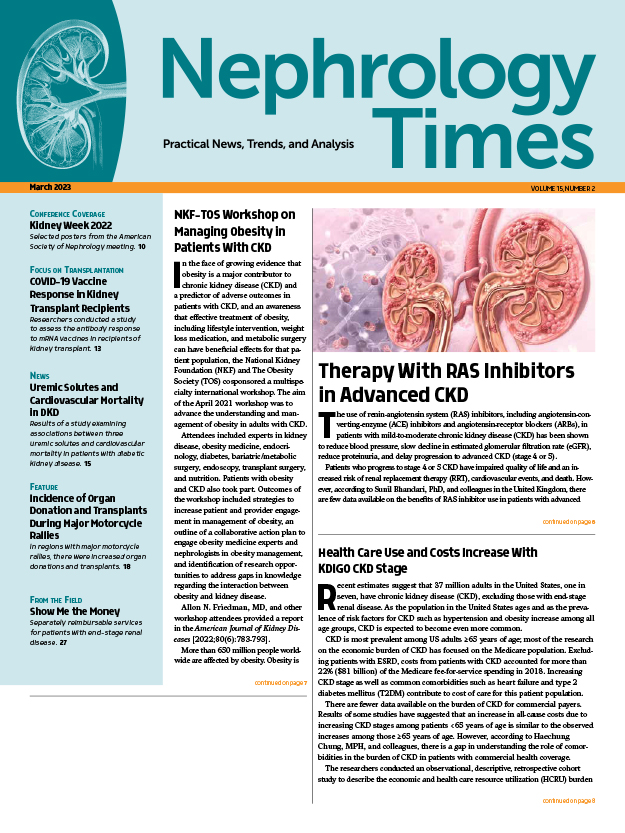
A major public challenge in the United States is the ongoing shortage of organs available for transplant. In January 2022, there were more than 106,000 patients on a solid organ transplant waiting list. However, in 2021 there were only 33,000 transplants performed. Demand continues to exceed supply, and an estimated 16 patients die each day waiting for a transplant.
Deceased organ donation accounts for 84% of all organ transplants. Traumatic injury from motor vehicle accidents is a common source of deceased donor organs, accounting for 11% of all organ donors in 2021. Compared with passenger vehicle motorists, motorcyclists are disproportionately more likely to die in a crash, and unhelmeted motorcyclists are three times as likely to become organ donors when involved in fatal crashes.
Large-scale motorcycle rallies attract thousands of attendees and are associated with increased trauma-related morbidity and mortality. David C. Cron, MD, MS, and colleagues conducted a population-based, retrospective cross-sectional study to examine the association of major motorcycles rallies in the United States with the incidence of organ donation and transplants. Results of the study were reported in JAMA Internal Medicine [2023;183(1):22-30].
The researchers compared rates of motor vehicle trauma-related organ donation and transplant for all solid organs in the 4 weeks prior to and following seven major US motorcycle rallies to test the hypothesis that the rates of motor vehicle trauma-associated organ donation and transplant would be higher during motorcycle rallies and in their associated regions compared with surrounding weeks.
The seven rallies all had estimated annual attendance from 200,000 to 500,000. The included rallies were the Sturgis Motorcycle Rally (Sturgis, South Dakota); Daytona Bike Week (Daytona Beach, Florida); Laconia Motorcycle Week (Laconia, New Hampshire); Myrtle Beach Bike Week Spring Rally (Myrtle Beach, South Carolina); Atlantic Beach Bikefest (Myrtle Beach, South Carolina following the former rally); Republic of Texas Biker Rally (Austin, Texas); and Bikes, Blues & BBQ (Fayetteville, Arkansas). The rallies occurred from March through September.
All donors ≥16 years of age involved in a motor vehicle crash between March 2005 and September 2021 were identified. The primary outcome measures were the number of distinct organ donors per day and transplant recipients per day per Organ Procurement and Transplantation Network (OPTN) region. The main outcome of interest was the incidence of motor vehicle crash-related organ donation and the number of patients receiving a solid organ transplant from those donors. The transplant recipient outcome was a count of the total number of recipients receiving one or more organs from each given donor linked temporally and geographically relative to the donor.
The analysis included 10,798 organ donors (70.9% male; mean age, 32.5 years) and 35,329 transplant recipients (64.0% male; mean age, 49.3 years). The transplanted organs were heart (n=5128), lung (n=2749), liver (n=8916), kidney (n=17,201), pancreas (n=614), kidney-pancreas (n=1951), and intestinal (n=104). A total of 30,074 region-days were analyzed; of those, 2.8% (n=854) involved a motorcycle rally.
During the rally dates, there were 406 organ donors (29.3% female; 70.7% male; mean age, 31.7 years) and 1400 transplant recipients (34.8% female; 65.2% male; mean age, 49.0 years). During the surrounding weeks, there were 2332 donors (29.4% female; 65.2% male; mean age, 32.2 years) and 7714 transplants (35.5% female, 64.5% male, mean age, 49.5 years).
Demographic and clinical characteristics were similar in donors during rally dates and nonrally dates, with the exception of donors during rally dates being more likely to be from racial minority groups compared with donors during nonrally dates in the surrounding weeks (19.0% vs 14.1%; P=.01). There were no statistically significant differences in transplant recipients in demographics, time spent on the waiting list, disease severity, or organ ischemia time between those who received a transplant on rally dates and those who received a transplant on nonrally dates.
In rally regions during rally dates compared with the surrounding 4 weeks in the same regions there were more organ donors per region-day (mean, 0.48 vs 0.42 per region-day; P=.03) and more transplanted organs (mean 1.69 vs 1.44 per day; P=.02). Organ yield (the number of organs procured and transplanted from a single donor) was similar during rally and nonrally dates.
Following adjustment for OPTN region, day of the week, week of the year, and year, the incidence of organ donation was higher on rally dates compared with surrounding nonrally dates. In regions with a motorcycle rally, there were 21% more organ donors per day during rally dates compared with the 4 weeks prior to and following the rally (incidence rate ratio [IRR], 1.21; 95% CI, 1.09-1.35; P=.001; absolute increase, 0.08 donors per region-day; 95% CI, 0.03-0.12 donors per region-day). Across the mean duration of a motorcycle rally (9 days), this reflected 0.7 (95% CI, 0.3-1.1) in additional organ donors for a typical rally.
In control (distant) regions, there was no significant difference in the number of organ donors per day during the dates of the motorcycle rally compared with the 4 weeks before and the 4 weeks after the rally (IRR, 1.06; 95% CI, 0.98-1.14; P=.14; absolute change, 0.22 donors per region-day; 95% CI, –0.01 to 0.04 donors per region-day). The net effect of motorcycle rallies (rally effect minus control effect) was 14% more organ donors per day during rally dates compared with nonrally dates (IRR, 1.14; 95% CI, 1.01-1.30; P=.04).
Following adjustment for OPTN region, day of week, week of year, and year, more patients received organ transplants on rally dates compared with nonrally dates. In regions with a motorcycle rally, there were 26% more transplant recipients per day during rally dates compared with nonrally dates (IRR, 1.26; 95% CI, 1.12-1.42; P<.001; absolute change, 0.34 transplant recipients per region-day; 95% CI, 0.15-0.52 transplant recipients per region-day), reflecting 3.1 (95% CI, 1.2-4.7) additional transplant recipients for a typical motorcycle rally.
In control regions, there was no significant difference in the number of transplant recipients per day during the dates of the motorcycle rally compared with nonrally dates (IRR, 1.06; 95% CI, 0.97-1.15; P=.18; absolute change, 0.06 transplant recipients per region-day; 95% CI, –0.03 to 0.14 transplant recipients per region day). The net effect of motorcycle rallies was 19% more transplant recipients per day during rally dates compared with nonrally dates (IRR, 1.91; 95% CI, 1.04-1.37; P=.01).
Study limitations cited by the authors included the observational design, the inability to assess whether the increase in organ transplants during rallies led to improved transplant outcomes associated with earlier transplants, and the possibility that the findings were due to chance alone.
“In this cross-sectional study, an increase in motor vehicle crash-related organ donors and an increase in the number of organs transplanted was observed during dates of major US motorcycle rallies in regions where these rallies were held,” the researchers said. “Motorcycle rallies and other large-scale events are common, and though the priority must be public safety and minimizing excess morbidity and mortality during these events, the potential downstream association with organ donation should be recognized.”
Takeaway Points
- Researchers reported results of a study examining the association of major US motorcycle rallies and the incidence of organ donations and transplants.
- The study findings showed there was an increase in motor vehicle crash-related organ donors and an increase in the numbers of organs transplanted during the dates of US major motorcycle rallies during the dates of the rallies in the regions where the rallies were held.
- During the rallies, there were 21% more organ donors per day and 26 more transplant recipients per day in the regions where the rallies were held.

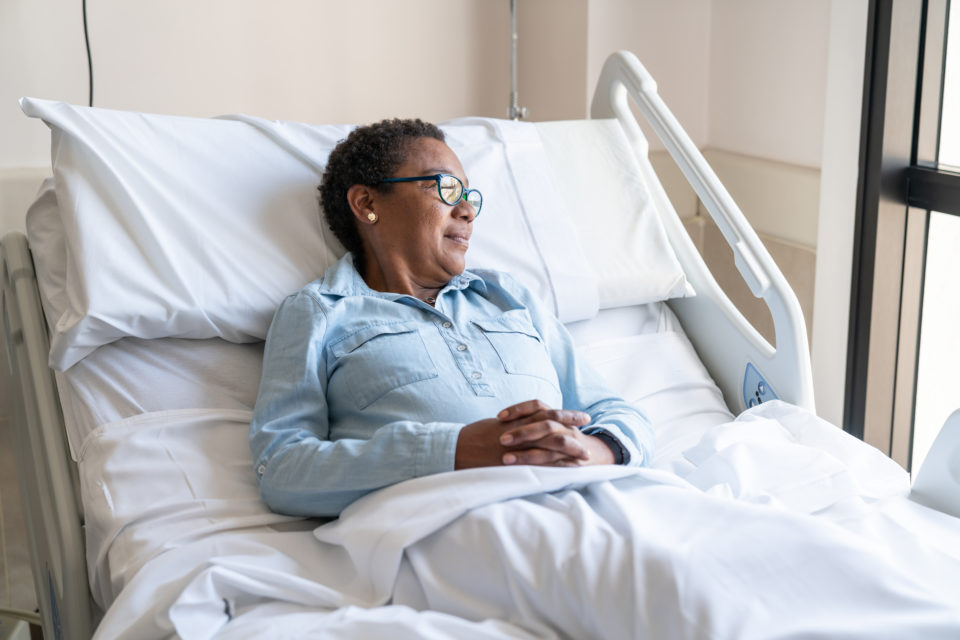

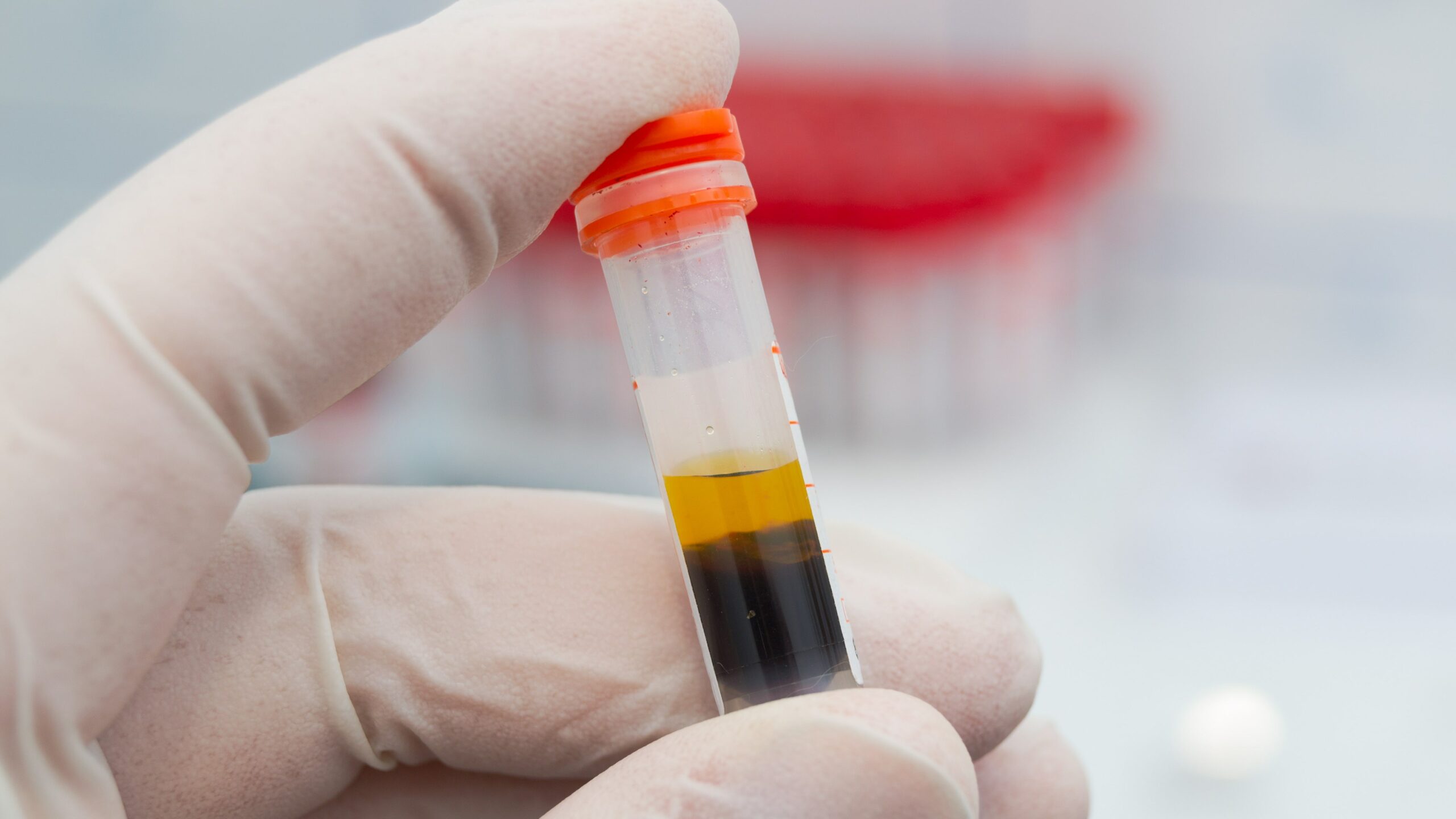
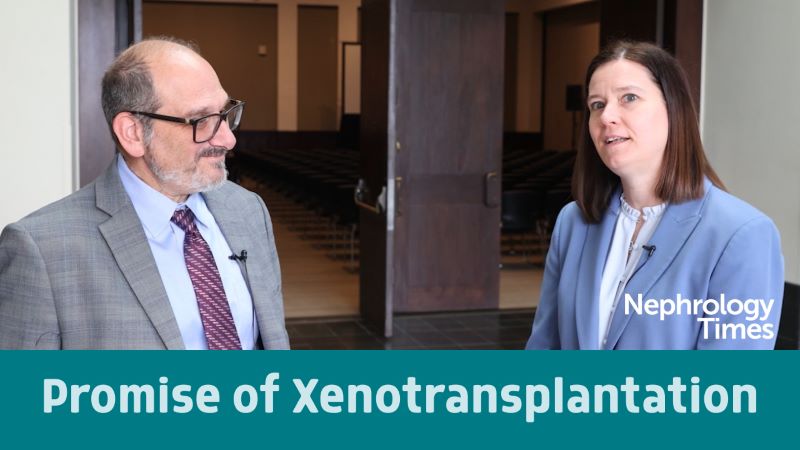
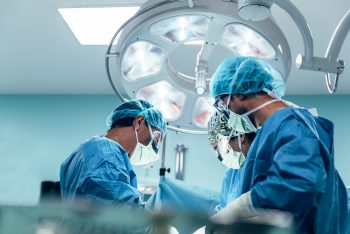

 © 2025 Mashup Media, LLC, a Formedics Property. All Rights Reserved.
© 2025 Mashup Media, LLC, a Formedics Property. All Rights Reserved.